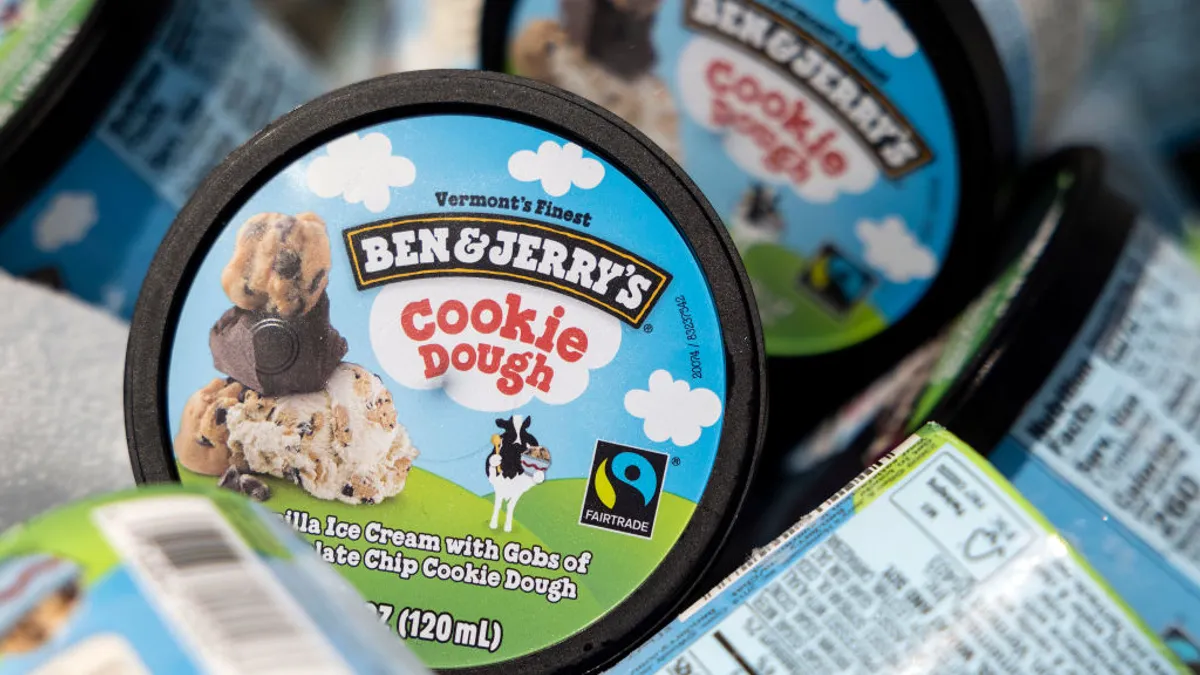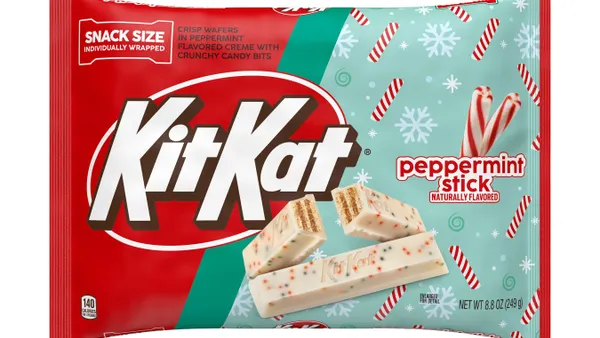For food processors, mixing kettles or tanks are critical assets in their operation. This article will help you understand the differences between the predominant mixer styles: kettles with inclined agitation and horizontal ribbon blenders.
Of these two major mixer styles, the best choice for your operation is dependent on ingredients, product variety, process configuration, efficiency, and safety, plus other priorities unique to your operation.
-
Historically, horizontal ribbon blenders – which consist of a rectangular or U-shaped trough and an agitator with ribbon blades to mix the product – have been an important contributor to the operations of many food processing facilities. But as food products increasingly featured more challenging ingredients like fresh-cut vegetables, fruit, ground beef or other heavy solids, processors sought mixer designs that were better suited for these types of products.
-
Inclined mixers are hemispherical kettles specifically engineered to deliver better and more efficient performance. First introduced as a replacement for horizontal blenders by Lee Industries over 25 years ago, kettles with inclined agitation have replaced horizontal ribbon blenders in many applications.
Horizontal Ribbon Blenders: Challenges to Product Quality
Mixing gaps:
The physical profile of a horizontal blender – round mixing blades sitting inside of a rectangular or U shaped tub or trough – create “mixing gaps” where unmixed ingredients outside the reach of the blender’s mixing blades collect along the top side edges and ends of the vessel.
In operation, this problem is addressed by either running the blender at a higher speed, which can damage certain ingredients or alter product consistency, or stopping the blender to manually clear these unmixed ingredients, which delays batch production.
Difficulty with certain ingredients:
There are additional problems when using a horizontal blender to mix food products containing delicate, chunk-like ingredients, such as sliced vegetables, fruit, or other fresh-cut ingredients.
Product quality and consistency can degrade because it is difficult to maintain these materials in suspension in a horizontal blender during mixing and cooking. During mixing, for example, these ingredients will often remain floating on the surface, or sink to the bottom of the vessel. In either case, there is potential for the ingredients to be damaged or undercooked/overcooked. This issue is particularly important for “home style” foods, such as chunky soups, sauces and jams where ingredients must remain intact and consistently cooked during batch processing.
Mixing and cooking ground beef can also be a problem in horizontal blenders, where these heavy solids can clump around the blender ribbon, or can leave large chunks of meat with uncooked centers collected on and around the vessel’s mixing shaft.
How Kettles with Inclined Agitation Improve Product Quality
Effective mixing:
The scraper blades of a kettle with inclined agitation sweep the inside hemispherical surface of the kettle, leaving no unmixed product in the vessel and minimizing the potential for product to accumulate during mixing – a common problem in horizontal blenders. This is especially important when mixing ingredients like ground beef, baking mixes, peanut butter and other heavy solids.
Lower risk of ingredient damage:
Kettles with inclined agitation produce a gentle lifting and folding action that not only keeps all the ingredients evenly suspended in the batch for more consistent cooking results, but eliminates the potential for damage to fresh-cut ingredients, such as potatoes, tomatoes, cut vegetables and fruit, which are important in many of today’s “home style” and organic food products.
Consistent heating:
The mixing action of kettles with inclined agitation puts more product in contact with the heating jacket along the vessel’s inside surface. This eliminates uncooked material in the batch and yields better and more consistent heating and cooking results.
Kettles with Inclined Agitation or Horizontal Ribbon Blender…Which is the Right Choice for Your Operation?
The best choice for your operation is dependent on such factors as the ingredients you use, the variety of products you produce, the configuration of your process and your emphasis on efficiency and safety. Understanding how each of these factors is affected by the type of mixer will help you determine your most productive and cost-efficient solution. To learn more about the differences between the two, download the Kettles with Inclined Agitation vs. Horizontal Ribbon Blenders Comparison Guide.









